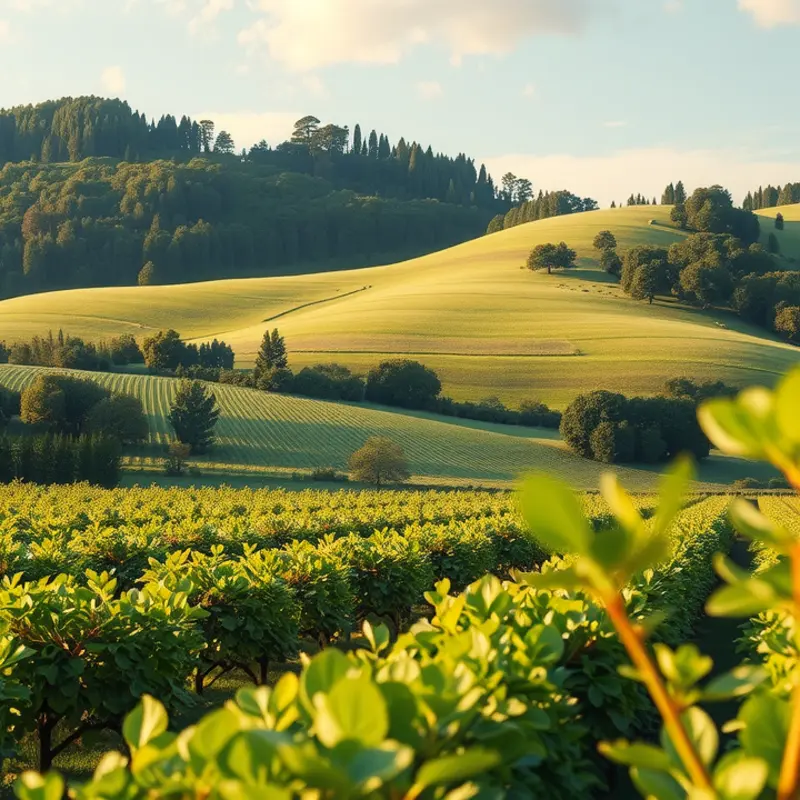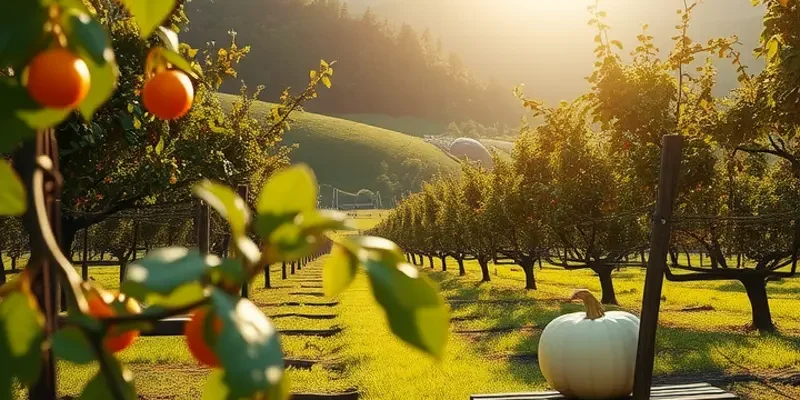Festivals around the world are vibrant showcases of cultural celebration, and no festival is complete without its signature desserts. From festive cakes to sweet street treats, unique desserts tell stories of tradition, local ingredients, and creativity. Whether you have a sweet tooth or enjoy exploring global culinary cultures, these festival desserts will entice your palate and inspire your culinary adventures.
Laddu: The Indian Sweet of Celebration

Delving into the world of Laddu means entering a realm of sugary delight that has graced Indian festivals for centuries. These luscious balls are not just a treat to the senses; they are a piece of India’s soul, a culinary handshake shared during festivals like Diwali and Ganesh Chaturthi. The preparation and sharing of Laddu are as much a part of these celebrations as the fireworks and lights, symbolizing the sweetness of life and the joy of togetherness.
Laddu comes in many delectable forms. Some are crafted from chickpea flour or besan, giving them a nutty flavor and a rich, buttery texture. The semolina variant is grainy and sweet, often accented with notes of cardamom and saffron. Coconut laddus are chewy and moist, imbued with tropical delight. Despite the variety of ingredients, one thing remains constant: the fragrant spices and chopped nuts that embellish each Laddu, making each bite an aromatic experience.
Regional diversity plays a significant role in how Laddus are made. In the northern Indian states, Motichoor Laddu reigns supreme, with tiny, pearl-like globules creating a melt-in-your-mouth experience. Meanwhile, in the east, Narkel Naru, a coconut-based version, reflects Bengali culinary traditions. The south offers Rava Laddu, characterized by roasted semolina, while the west delights in the rich boondi Laddu. Each variant adds its own regional flair, transforming the simple joy of Laddu into a kaleidoscope of tastes and textures.
The making of Laddu often becomes a communal affair, where families and friends come together, rolling the semolina, sugar, and ghee into perfect spheres of happiness. This shared activity is deeply rooted in tradition, highlighting the values of family and community. In many ways, preparing this sweet confection resembles communal meals in other cultures, where cooking becomes a bridge between individuals, a time-honored ritual that strengthens bonds and fosters unity.
Beyond its delightful taste and aroma, Laddu serves as a culinary reminder of the vibrant culture and intricate traditions that cascade across India. For instance, much like the French pastry traditions explored in this blog on global pastry traditions, Laddu finds its uniqueness in regional adaptation and variety.
During festivals, these sweet treats are not just enjoyed by family members but are also offered to guests and even exchanged among neighbors. The act of giving Laddu carries a deeper meaning—it’s a gesture of goodwill and a way to sweeten relationships. As homes fill with the scent of fresh Laddus, the spirit of celebration is alive, reminding all that sweetness and sharing are at the heart of every festival. Whether enjoyed as a personal indulgence, shared among loved ones, or given as a token of goodwill, Laddu is a staple that embodies the essence of joy and tradition in Indian festivals.
Mochi: A Japanese Delight for New Year’s

Mochi holds an important place in Japanese New Year celebrations, where it plays both a culinary and cultural role. This glutinous rice cake’s soft, chewy texture invites festive enjoyment and embodies the spirit of togetherness. The preparation of mochi, known as mochitsuki, is an event in itself. Traditionally, families and communities come together to pound steamed glutinous rice into a sticky dough using a wooden mallet. This activity requires cooperation and rhythm, underscoring the communal aspect of New Year’s festivities.
Mochi serves as a delicious blank canvas for a variety of fillings and coatings, making it an adaptable treat across different regions of Japan. A popular variation is mochi filled with anko, a sweet red bean paste that complements the subtle flavor of the rice cake. Another delectable preparation involves dusting mochi with kinako, or powdered soybean flour, mixed with sugar for a nutty-sweet finish.
Beyond these traditional choices, regional variations demonstrate Japanese culinary creativity. In some areas, mochi might be layered with bits of fruit or combined with yuzu juice to infuse a citrusy aroma. Meanwhile, coastal regions may incorporate seafood flavors, reflecting local ingredients and tastes.
The significance of mochi extends beyond its flavor and texture. Mochi symbolizes longevity and prosperity—qualities that are particularly revered as one embarks on a new year. The round shape of mochi is said to represent a harmonious family, making this treat an auspicious offering to the New Year’s gods. This symbolism is especially highlighted during the preparation of kagami mochi, which consists of two stacked rice cakes topped with a bitter orange, displayed as an offering in homes.
While mochi is celebrated primarily for its place in New Year’s traditions, it also highlights a broader appreciation of Japanese agricultural heritage. The cultivation of the right type of rice is crucial, and this ingredient’s purity underscores mochi’s role as a food that celebrates life and nature’s bounty.
For those new to cooking with glutinous rice, mochi presents a great way to experience diverse culinary textures and flavors without overwhelming saltiness or spices. These qualities make it an excellent choice for those looking to explore nuanced flavors or adhering to dietary choices focused on light ingredients. For more insights into flavor combinations that maximize taste without heavy seasoning, consider exploring tips on flavor boosters without salt.
As we move through this exploration of global festival desserts, mochi stands out for its history, cultural depth, and adaptability. Whether sweet or savory, plain or adorned, mochi is a testament to the Japanese spirit of celebrating life through shared experiences and cherished traditions.
Final words
Festival desserts serve as a lens through which we can better understand diverse cultures and traditions. From the communal spirit of Laddu in India to the symbolism embodied in Mochi during Japanese New Year celebrations, each dessert carries a unique flavor of heritage. Exploring these sweet delights not only satisfies the cravings of food enthusiasts but also fosters a deeper appreciation for the cultural narratives and practices woven into each bite. As you celebrate your next festival, consider incorporating these unique desserts for a taste of the world’s culinary diversity.








